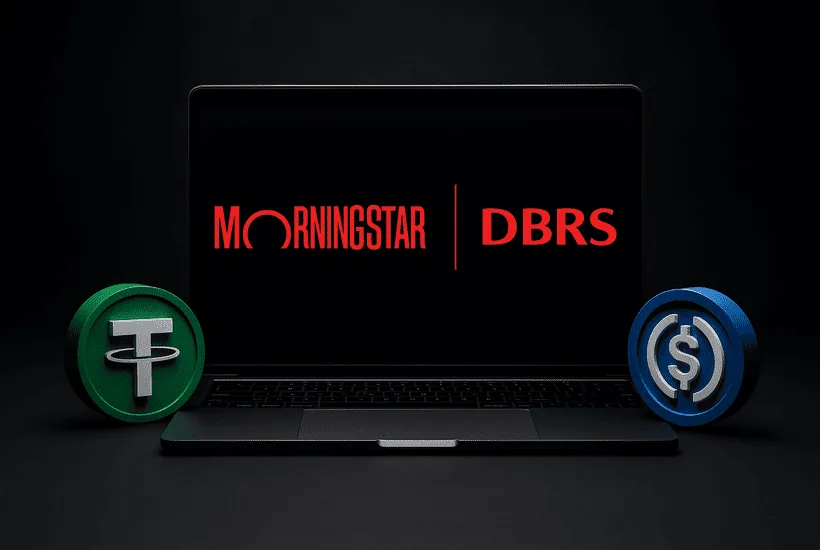- Stablecoins now represent a $230 billion market, with Tether (USDT) and Circle (USDC) leading the way
- U.S. banks could face significant deposit flight and loss of payment fees as stablecoins gain traction
- The newly passed GENIUS Act offers a potential opportunity for banks to serve as stablecoin custodians
Stablecoins, digital currencies pegged to fiat currencies like the U.S. dollar, have become a central part of the digital asset ecosystem, with a combined market capitalization surpassing $230 billion as of mid-2025, according to Morningstar DBRS. Major stablecoins like Tether (USDT) and Circle (USDC) lead the market, with others such as USDe, DAI, and FDUSD also making their mark. The rise of these stablecoins has been fueled by their stability and their ability to act as digital cash within the blockchain ecosystem.
The recent passage of the GENIUS Act, the first federal stablecoin legislation, has accelerated their adoption. As a result, U.S. banks are starting to explore the launch of their own stablecoins, marking a new chapter in the financial sector. Morningstar DBRS analysts note that while stablecoins offer efficiency and innovation, they also pose challenges and risks for the banking sector.
Risks to banks: The threat of deposit flight and lost
Morningstar warns that stablecoins could disrupt traditional banking models, particularly in terms of deposits and payments. One of the most immediate risks is deposit flight, where consumers move funds from traditional bank accounts to stablecoins for rewards or convenience, especially in decentralized finance (DeFi) systems.
Newsletter
Get weekly updates on the newest crypto stories, case studies and tips right in your mailbox.
Though stablecoins currently account for just 1.5% of total U.S. deposits, their growth is accelerating, and a large-scale shift from bank accounts could reduce the amount of funds available for lending and credit extension. This poses a direct threat to the core business of banks.
Furthermore, stablecoins offer a significant cost advantage over traditional payment methods like ACH and SWIFT. With near-instant transactions and negligible fees, stablecoins threaten to erode banks’ revenue from payment processing, further intensifying competition.
Opportunities for banks: Leveraging regulation and stablecoin custody
Despite the risks, Morningstar points out that stablecoins also present opportunities for banks to stay competitive. Banks could leverage their regulatory credibility to serve as custodians of stablecoin reserves, manage U.S. Treasury holdings, and provide compliance infrastructure. These services would allow banks to generate new revenue streams while remaining integral to the stablecoin ecosystem.
The recently enacted GENIUS Act requires capital and reserve backing for stablecoin issuers, creating a more level playing field for banks to launch their own fully-backed stablecoins. Such offerings could help banks retain deposits and offer a competitive edge.
Ultimately, Morningstar concludes that whether stablecoins represent a threat or an opportunity for U.S. banks will depend on regulatory design and how the market evolves.













